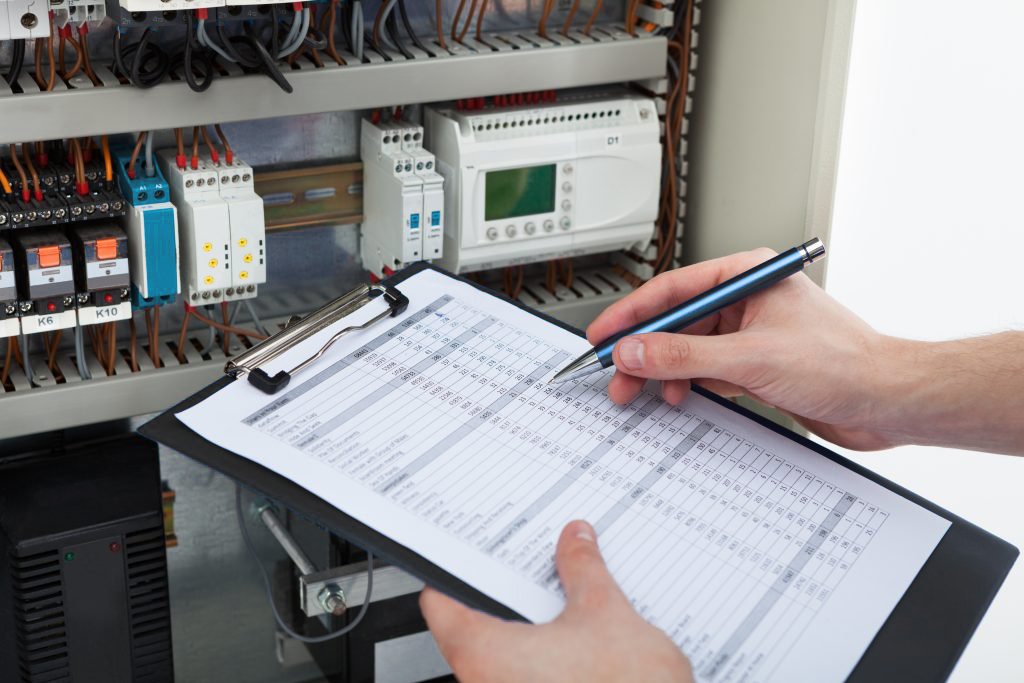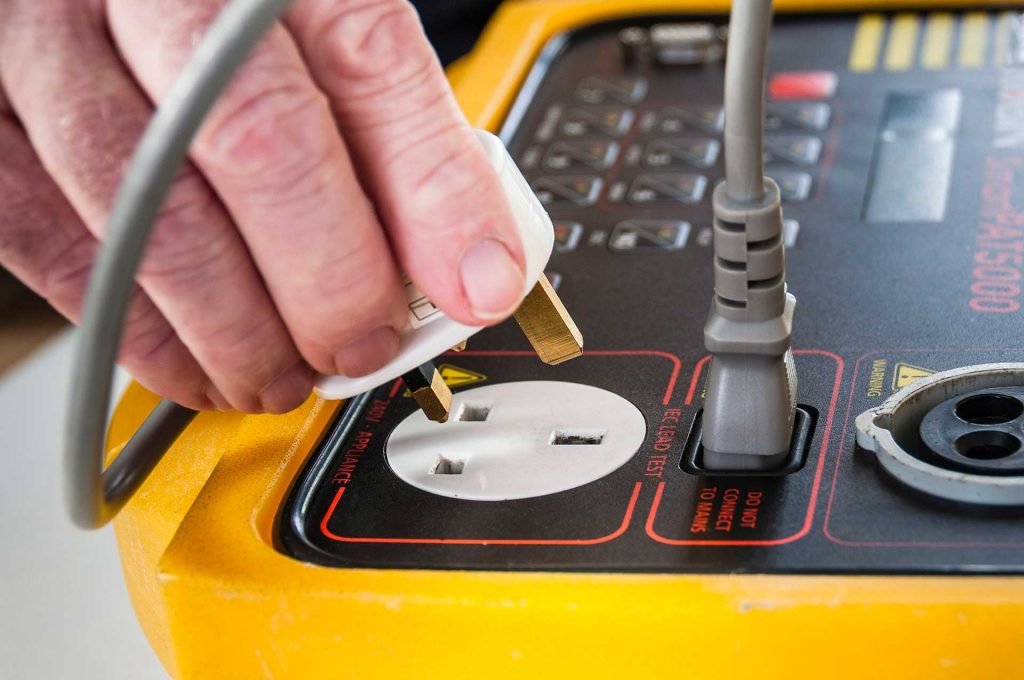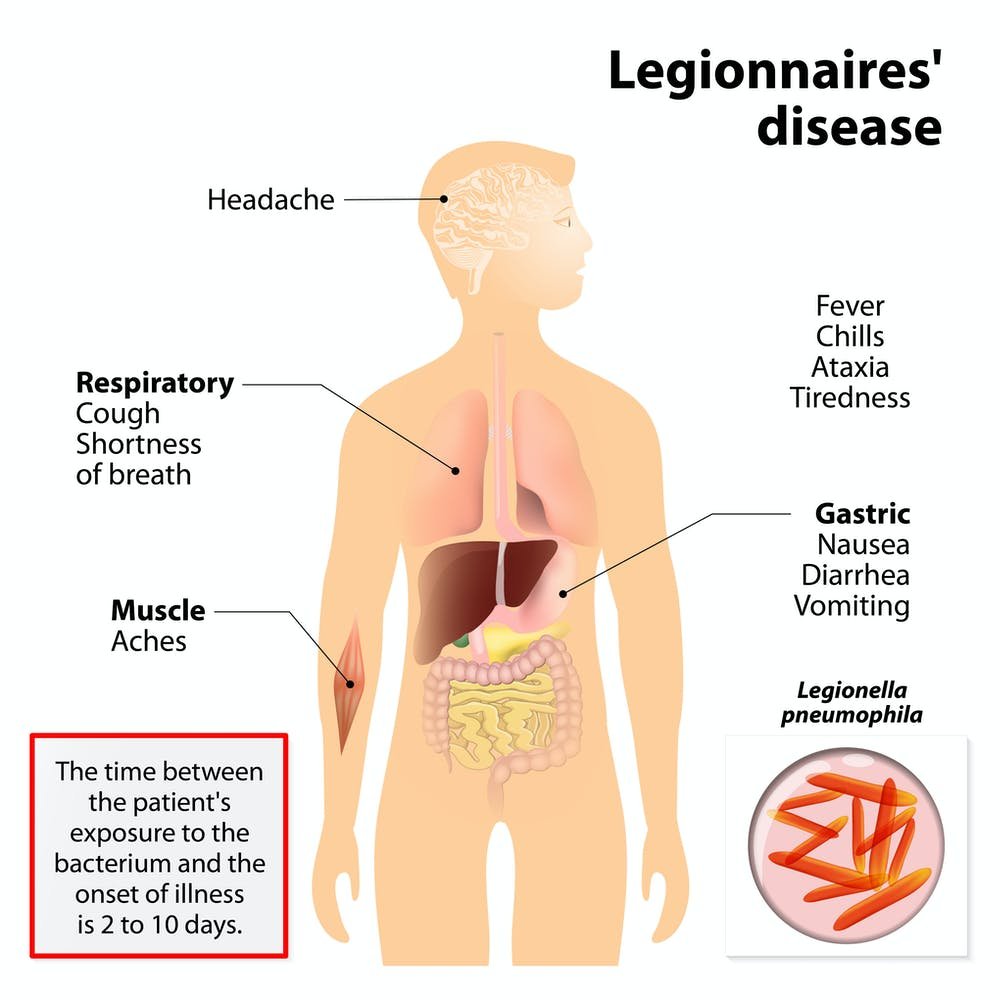
Inspection & Testing Services
Electrical Installation Condition Report (EICR)

What is inspected in an EICR Report?
During the EICR report, we thoroughly test and inspect the consumer unit, wiring and electrical accessories. This includes:
- The competence of the earthing and bonding.
- Devices that safeguard against fire and electric shock.
- Any damage or wear and tear that could impact the safety of the properties occupants.
- Identify any damaged electrical fittings and accessories.
- Identify any exposed live wires that could result in fire or injury.
Want more information on how we can help with your EICR?
Fill out the contact form below and we will get in touch very shortly.
An EICR will check if your property’s electrics have any faults that cannot be identified through a visual check. Several faults may occur, such as electrical circuits being overloaded or overheating during use. If any electrical circuit is not professionally installed – for example, without earthing or bonding to safely secure the electrics – it may potentially cause a fire or shock hazard. EICR testing will identify any defective electrical work within the system.
A visual check can also be performed to give you a quick analysis of how safe your property is. This will look for broken sockets and light switches, damaged cables and scorching / burn marks as a result of overloading the power outlet. It will also look at the residual current device (RCD) for the circuits that operate the bathrooms and gardens. It is recommended that this visual check is completed at regular intervals in between the more in-depth EICR tests.
After the test has been completed, the testing engineer will produce a certificate for you. It will detail any damages, deterioration, defects or other dangerous conditions. It will also highlight anything that doesn’t match the present-day safety standards and things that might put people at risk.
Should the EICR test come back as negative, the EICR will be classed as “unsatisfactory” meaning that the required work needs to be done, without delay, to remove the risk to those living or working at the property. As well as returning an “unsatisfactory” result, the report will detail which electrical system(s) failed the test. Work required is classified using the following codes:
- C1 – ‘danger is present’, risk of injury is likely and immediate action is required.
- C2 – potentially dangerous and remedial action is needed urgently.
- C3 – improvement to your electrical system is recommended. C3 is the only classification code that can appear on a report and still pass the EICR test.
Once your electrical system has passed the inspection fully and any urgent remedial work has been completed, you will be provided with an EICR Certificate of Safety, giving you peace of mind that your electrics are safe.
For more information about an EICR for your business or home, please give us a call today on 0300 303 4849.
Pat Test

Want more information on how we can help with your PAT?
Fill out the contact form below and we will get in touch very shortly.

What is PAT Testing
“Portable Appliance Testing” more commonly known as a PAT test is an inspection in the UK in which electrical appliances are checked for safety. The Testing encompasses a visual inspection of the equipment including any flexible wires or cables to determine their condition. Also, when necessary verification of Grounding (earth-wire) continuity and a test of the status of the insulation between parts carrying current and any metal that is exposed that could potentially be touched.
Not every electrical appliance will need to be PAT tested. In some cases, a simple user check and visual inspection are enough, e.g. checking for loose cables or signs of fire damage and, if possible, checking inside the plug for internal damage, bare wires and the correct fuse.
How to ensure that your appliances will pass
- Routinely checking appliances for visible wear, damage and the exposed elements.
- Check machinery before use when opening in the morning
- Ensure all portable equipment is routinely tested at monthly intervals dependant on the type of equipment.
- Ensure that any damaged or faulty equipment is removed with immediate effect and either repaired by an individual competent (i.e. with the necessary skills and qualifications required) or disposed of to prevent a potential hazard to employees and the business.
- Carry out visual inspections of all your systems and appliances, ideally by someone who has sufficient knowledge to identify potential damage and prevent danger.
Legionella Risk Assessments
As a landlord, it is your responsibility and legal obligation to have a Legionella risk assessment carried out on every property you are in control of (source: HSE). Redbox can carry out landlord Legionella risk assessment on properties across Glasgow, and all surrounding areas.
A Legionella risk assessment survey is a systematic examination of the potential risks presented by engineered water systems and seeks to identify and assess the risks of exposure to Legionella bacteria from work activities and water systems. The assessment will determine the likelihood of Legionella in water.
“All water systems require a risk assessment. A simple risk assessment may show that there are no real risks from Legionella, but if there are, then implementing appropriate measures will prevent or control these risks. The law requires simple, proportionate and practical actions to be taken, including identifying and assessing sources of risk, managing the risk, preventing, or controlling the risk; and periodically checking that any control measures are effective.” (Source: HSE 2.140)
Various ways to maintain a safe water system include:
- Conducting a legionella risk assessment to note all potential risks
- Ensuring the water remains at a safe and constant temperature
- Making sure there are no dead legs in the system where bacteria could multiply
- Regularly flushing through unused or little used areas of the system
- Using equipment such as thermostatic mixer valves (TMVs) to ensure safe delivery of hot water
- Cleaning and descaling shower heads and other similar outlets every three months (as a minimum)
- Regularly checking water temperatures in different parts of the system to ensure the cold water is cold, and the hot water is hot
- Taking water samples to confirm the levels of bacteria present
- Updating the legionella risk assessment whenever necessary
Want more information on how we can help?
Fill out the contact form below and we will get in touch very shortly.
What is Legionnaires’ disease?
Legionnaires’ disease is a type of pneumonia caused by Legionella bacteria.
It can be fatal in up to 30% of cases.
Antibiotic treatment should be given as soon as possible to attain the best outcome – even prior to confirmation of the disease.
Legionnaires’ disease
It is vital for landlords and business owners to manage their properties to prevent legionella from spreading and causing people to fall ill.
Hiring an expert to undertake a risk assessment provides peace of mind that all steps are being taken to minimise the risk.

Energy Performance Certificate (EPC)
An Energy Performance Certificate (EPC) is a legal requirement if you want to lease or sell a property in the UK. But how long does an EPC last and why do you need one?
An EPC informs the prospective buyer or tenant of the energy efficiency of a property, as well as its environmental impact. The EPC includes a property’s energy efficiency rating, as well as an ecological rating based on carbon dioxide emissions. The report should also list any actions that can be taken to make the property more efficient and reduce fuel costs.
EPCs are available to view online on the EPC register. Here, anyone can retrieve details about the running costs and energy efficiency of a property in the UK as long as they have the property address.
Domestic Energy Performance Certificates (EPC)
It is now the law that owners or landlords of domestic properties that are to be sold or rented have an obligation to provide a new buyer or tenant with a domestic Energy Performance Certificate (EPC).
If you are selling
Current laws state that when you propose to sell a domestic property you are required to have ordered an EPC at the time the property goes on the market. All estate agents must ensure that a full Energy Performance Certificate is uploaded within 28 days of marketing.
If you are renting
The same law applies to a Landlord, whereby they must provide a prospective tenant with a copy of the current domestic Energy Performance Certificate for his designated space.
Competitive Prices
We offer variable and competitive prices depending on your property.
It is easy to arrange an Energy Performance Certificate assessment with us. Firstly, we would require your details and payment, which can simply be done via the website or over the phone. Our Telephone number is 0300 303 4849
Our local assessor will confirm your booking by phone and arrange an appointment within two working days of your request. Once the Energy Performance Certificate has been completed it will be made available for download on our website, by clicking the “Track My Order” link.
For any further information, you can contact us on 03003034849 or email us at support@redboxps.com.